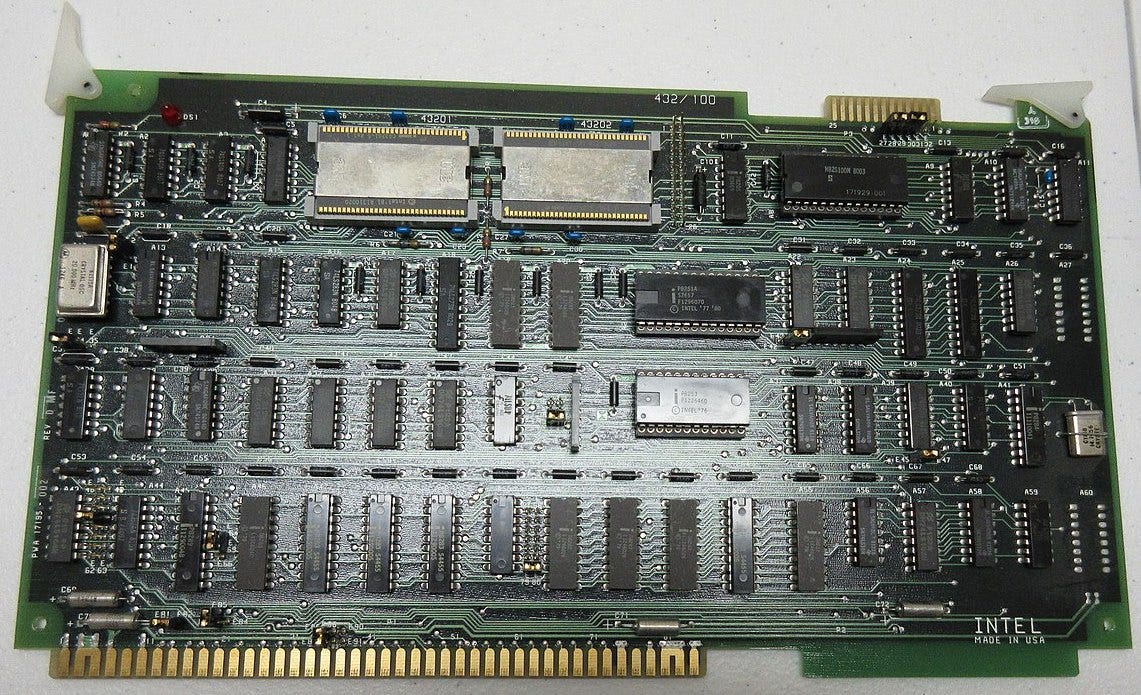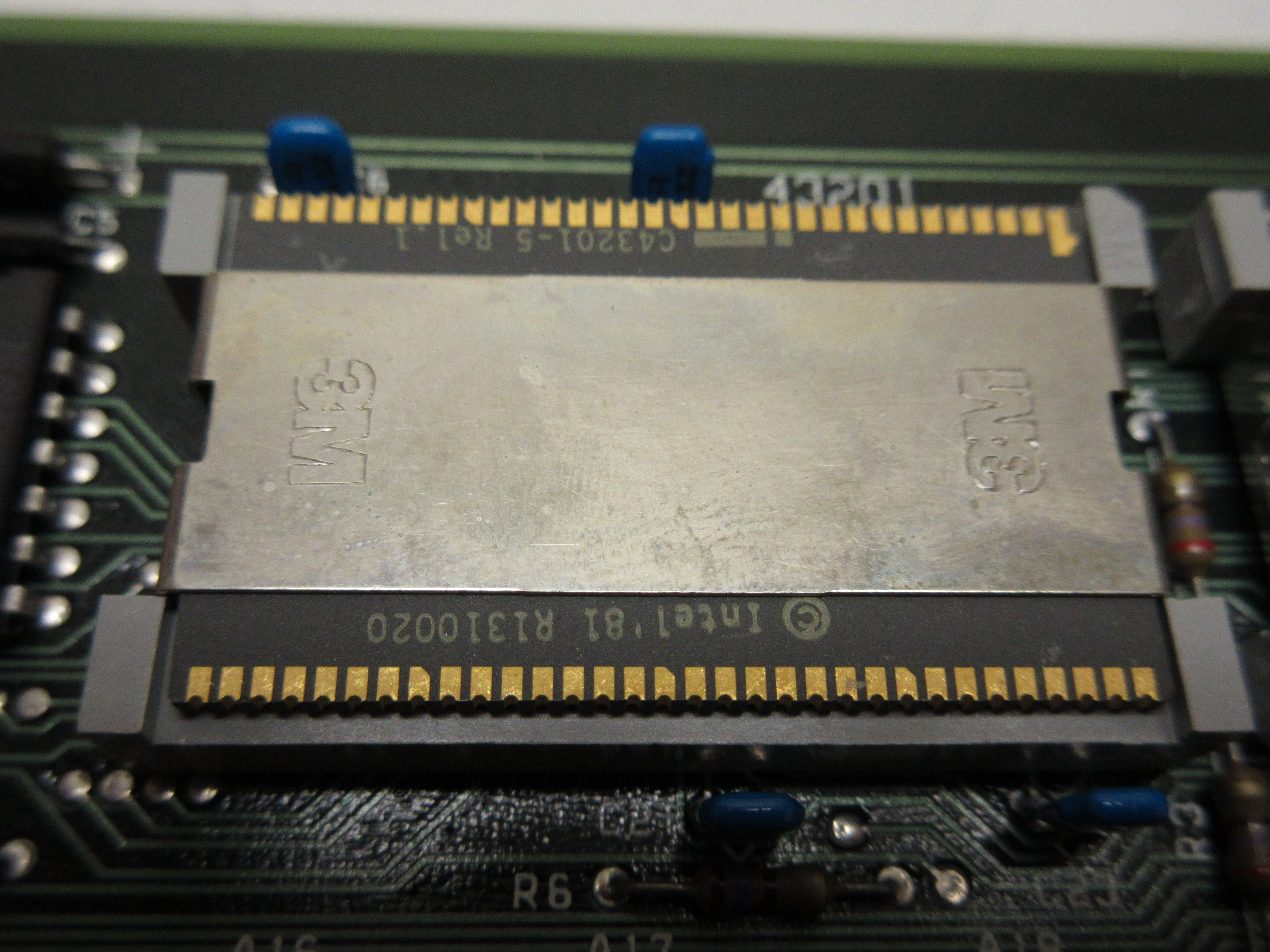Intel’s iAPX 432: Gordon Moore’s Gamble and Intel’s Failed 32-bit CISC [Hackaday]


In a recent article on The Chip Letter [Babbage] looks at the Intel iAPX 432 computer architecture. This was an ambitious, hyper-CISC architecture that was Intel’s first 32-bit architecture. As a stack-based architecture, it exposed no registers to the software developer, while providing high-levels pertaining to object-oriented programming, multitasking and garbage collection in hardware.
At the time that the iAPX 432 (originally the 8800) project was proposed, Gordon Moore was CEO of Intel, and thus ultimately signed off on it. Intended as an indirect successor to the successful 8080 (which was followed up by the equally successful 8086), this new architecture was a ‘micro-mainframe’ that would target high-end users that could run Ada and similar modern languages of the early 1980s.
Unfortunately, upon its release in 1981, the iAPX 432 turned out to be excruciatingly slow and poorly optimized, including the provided Ada compiler. The immense complexity of this new architecture meant that the processor itself was split across two ASICs, with the instruction decoding itself being hugely complex, as [Babbage] describes in the article. Features in the architecture that made it very flexible also meant that a lot of transistors were required to implement these, making for an exceedingly bloated design, not unlike the Intel Itanium (IA-64) disaster a few decades later.
Although the iAPX 432 was a bridge too far by most metrics, it did mean that Intel performed a lot of R&D on advanced features that would later be used in its i960 and x86 processors. With Intel being hardly a struggling company in 1985 when the iAPX 432 architecture was retired, this meant that despite it being a commercial failure, it still provided an interesting glimpse into an alternate reality where the iAPX 432 would have taken the computer world by storm, rather than x86.

![intel’s-iapx-432:-gordon-moore’s-gamble-and-intel’s-failed-32-bit-cisc-[hackaday]](https://i0.wp.com/upmytech.com/wp-content/uploads/2023/04/118216-intels-iapx-432-gordon-moores-gamble-and-intels-failed-32-bit-cisc-hackaday.jpg?resize=800%2C445&ssl=1)